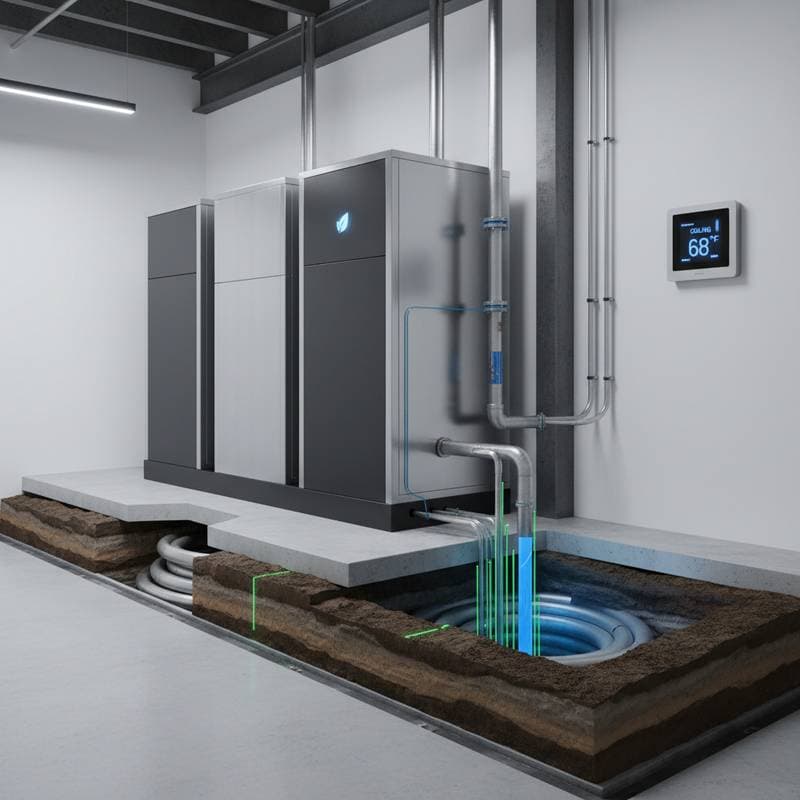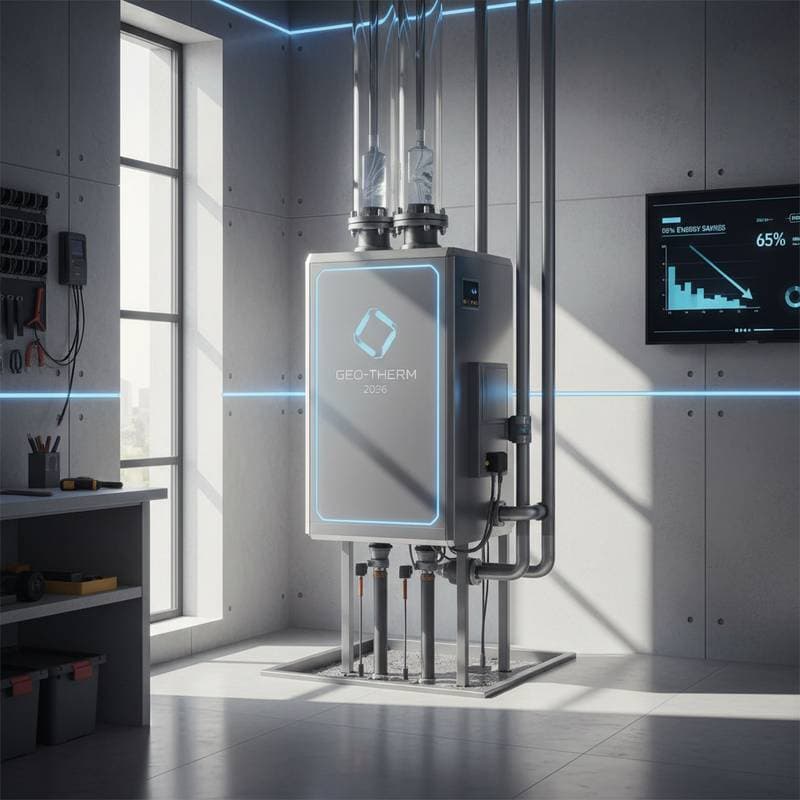Micro Wind Turbines: Elevating Solar and Storage Systems
Micro wind turbines are emerging as a vital ally for homeowners aiming to maximize renewable energy through solar and storage setups. While solar panels often take center stage in residential energy solutions, these compact turbines bring a unique edge by harnessing wind power, especially in areas with favorable conditions. When thoughtfully integrated, they enhance energy independence, provide backup during outages, and contribute to substantial savings over time. This combination is not a one-size-fits-all answer, but for the right property, it creates a robust, sustainable power network.
The Value of Adding Micro Wind to Your Energy Mix
Homeowners are increasingly focused on building energy systems that reduce reliance on the grid while aligning with environmental goals. Micro wind turbines deliver by capturing wind to offset electricity costs, ensuring power availability when paired with battery storage, and shrinking carbon footprints through on-site generation. Beyond these practical benefits, properties equipped with renewable technologies often stand out in the real estate market, appealing to buyers who value sustainability and potentially commanding higher offers.
The economic case strengthens as utility rates rise and incentives for clean energy expand, making the upfront investment more palatable. On-site generation also cuts transmission losses tied to distant power plants, ensuring that every unit of energy produced is used efficiently. For those ready to plan strategically, the rewards extend well past immediate bill reductions, offering a pathway to long-term resilience.
Understanding Costs and Potential Payback
Investing in a micro wind turbine involves a range of costs influenced by system capacity, installation complexity, and local variables such as labor or permitting expenses. Below is a breakdown of typical price points for residential installations:
- Small setups (1 to 2 kilowatts): Expect to spend between $4,000 and $8,000, suitable for rooftop or pole-mounted options.
- Medium setups (2 to 10 kilowatts): Costs range from $12,000 to $55,000, often ideal for properties with more space.
- Larger setups (10 to 20 kilowatts): Budget around $65,000 to $100,000, typically for expansive lots with significant energy demands.
Payback periods depend heavily on wind availability at your location. In windy regions with steady gusts, you might recover costs in 10 to 15 years, while areas with inconsistent breezes could stretch that timeline to 20 years or beyond. Pairing turbines with solar panels and storage creates a hybrid approach, smoothing out production dips and often shortening the time to financial breakeven by maintaining steady output.
Essential Considerations for Effective Installation
Not every property suits a micro wind turbine, and success hinges on several key factors. For rooftop units, your structure must withstand the added weight and subtle vibrations, while larger freestanding towers, which often yield better results, require ample yard space. Community rules, such as homeowner association guidelines, may restrict visible setups, and even though modern turbines are quieter, a faint hum could concern neighbors in tight-knit areas. Budget also matters, as turbines often pair best with a broader renewable energy plan.
Thorough site evaluation is critical before committing. Track average wind speeds over months using simple tools or professional assessments, identify optimal placement spots on your property, and review local zoning or community regulations. These steps prevent expensive errors and align the system with your energy objectives and practical limits.
Answers to Frequent Concerns
How Loud Are These Turbines?
Modern micro turbines operate with minimal noise, often comparable to a gentle breeze through trees. Sound levels vary by model and placement, but most meet residential standards when installed properly.
Can One Turbine Power My Entire Home?
A single turbine rarely covers all household energy needs. Most offset 20 to 60 percent of usage, based on wind patterns and system size, though combining with solar and storage can boost that share significantly.
Do I Need Battery Storage?
Storage is not mandatory for grid-connected systems, where surplus power earns utility credits. However, batteries add resilience by storing energy for outages, though they do raise initial costs.
How Long Do Turbines Last?
With regular upkeep, high-quality turbines can function for 20 years or more. Parts like blades or bearings may need occasional replacement, so plan for maintenance in your long-term budget.
Should I Install It Myself?
While small rooftop units might seem manageable, professional installation is advised for safety and compliance with local codes. Electrical connections and tower setups demand certified expertise.
Harnessing Wind for a Sustainable Future
Embarking on a micro wind energy journey begins with a detailed look at your property. Collect data on wind patterns, pinpoint ideal installation locations, and verify local regulations to ensure a smooth process. Explore turbine models that fit your energy needs and complement your home’s design, keeping both function and appearance in mind.
View micro wind as a piece of a larger energy puzzle. When combined with solar panels, battery storage, and efficiency improvements, it turns your home into a powerhouse of sustainability and reliability. With technology advancing toward quieter, more effective designs and costs steadily dropping, adoption is becoming more accessible. For those in wind-rich areas, the steady turn of a turbine represents not just energy, but a commitment to a cleaner, smarter way of living.









